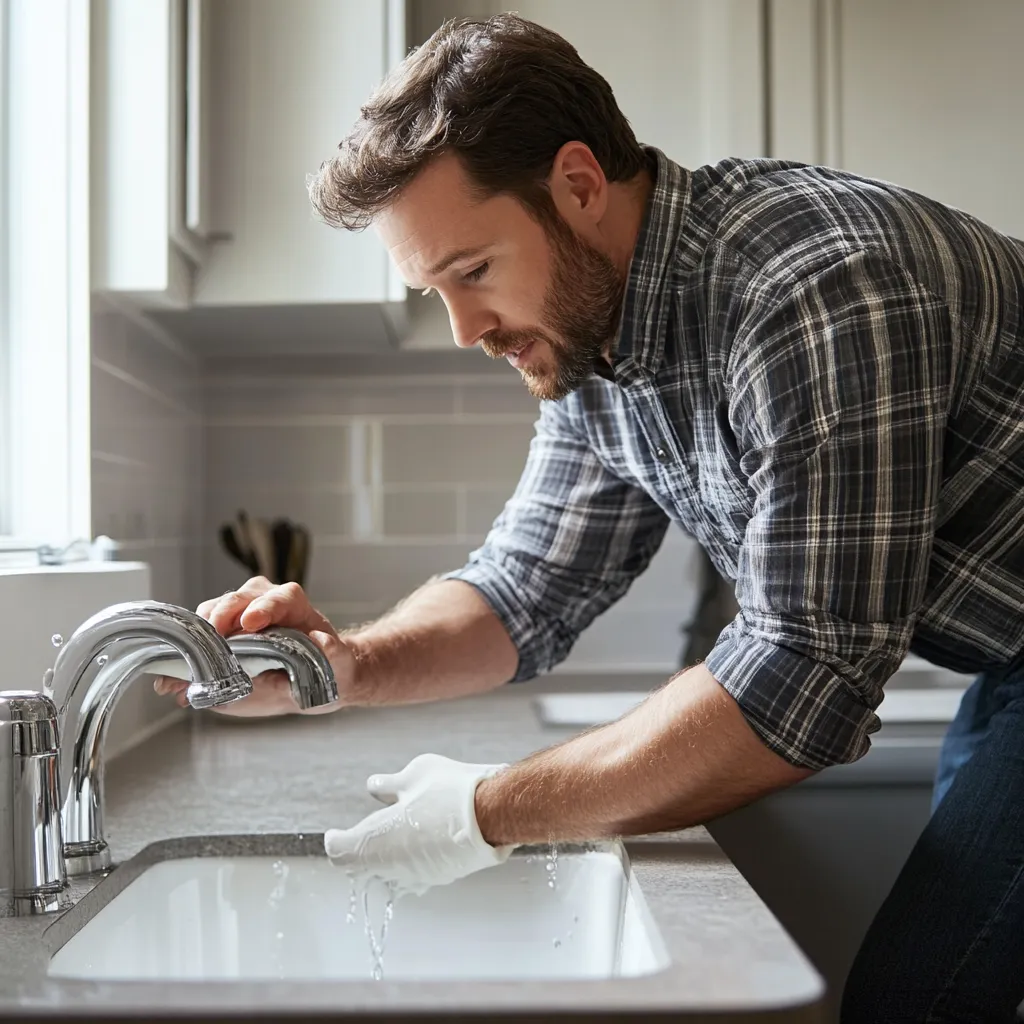
Frequently Asked

How to Detect and Fix Silent Leaks in Your Plumbing
Stop Silent Leaks: Expert Tips for Detecting and Fixing Plumbing Issues at Home
Silent leaks in your plumbing system can quietly wreak havoc on your home, leading to costly repairs and unexpected water bills. As a trusted advisor in plumbing solutions, we're here to help you navigate the complexities of detecting plumbing leaks with ease and confidence. Whether you're a homeowner or a property manager, understanding the subtle signs and employing effective leak detection techniques is crucial. In this guide, we'll share expert plumbing repair tips to not only identify but also efficiently fix plumbing leaks, ensuring peace of mind and safeguarding your property. Together, let's transform the daunting task of leak detection into a manageable and straightforward process.
Understanding Silent Leaks
Silent leaks are a hidden menace that can cause significant damage to your home and wallet. Let's explore what they are and why they occur.
What Are Silent Leaks?
Silent leaks are subtle water escapes within your plumbing system that often go unnoticed for extended periods. These insidious leaks can occur in pipes, fixtures, or connections, slowly releasing water without obvious signs.
Unlike dramatic bursts or dripping faucets, silent leaks are challenging to detect. They may manifest as a slight increase in water pressure or a barely audible hiss in your pipes.
Over time, silent leaks can lead to substantial water waste, increased utility bills, and potential structural damage to your home. Early detection is crucial to prevent these issues from escalating.
Common Causes of Plumbing Leaks
Plumbing leaks can stem from various sources, each with its own set of challenges. Understanding these causes is the first step in prevention and timely repair.
Corrosion is a primary culprit, especially in older homes with metal pipes. Over time, chemical reactions can weaken pipe walls, leading to pinhole leaks or larger ruptures.
Temperature fluctuations cause pipes to expand and contract, potentially creating weak points or loosening connections. This is particularly common in areas with extreme climate variations.
Poor installation or maintenance can also result in leaks. Improperly sealed joints, overtightened fittings, or the use of incompatible materials can all contribute to plumbing vulnerabilities.
Detecting Plumbing Leaks
Identifying silent leaks early can save you from costly repairs and water waste. Let's explore some effective techniques and signs to watch for.
Effective Leak Detection Techniques
Detecting silent leaks requires a combination of observation and simple tests. Here are some reliable methods to uncover hidden plumbing issues:
Water Meter Test: Check your water meter before and after a two-hour period of no water use. If the meter changes, you likely have a leak.
Food Coloring Test: Add a few drops of food coloring to your toilet tank. If color appears in the bowl without flushing, there's a leak.
Pressure Gauge Test: Attach a pressure gauge to an outside faucet and monitor pressure changes over time. Significant drops may indicate a leak.
These techniques can help you identify leaks early, potentially saving you from extensive water damage and high repair costs.
Signs of Hidden Water Damage
Hidden water damage can manifest in various ways throughout your home. Being aware of these signs can help you catch leaks before they cause significant harm.
Look for discolored or warped walls and ceilings, which may indicate water seepage within your home's structure. Musty odors or unexplained mold growth are also telltale signs of hidden moisture problems.
Pay attention to unexplained increases in water bills or the sound of running water when all fixtures are off. These could be indicators of silent leaks in your plumbing system.
Regularly inspect areas around appliances, under sinks, and in basements for signs of moisture or water stains. Early detection can prevent extensive damage and costly repairs.
Fixing Plumbing Leaks
Once you've identified a leak, taking prompt action is crucial. Here are some tips for addressing plumbing issues and knowing when to call in the professionals.
Essential Plumbing Repair Tips
When tackling plumbing repairs, it's important to approach the task methodically and with the right tools. Here are some key tips to keep in mind:
Shut off the water supply before beginning any repair work to prevent further water damage.
Identify the exact location of the leak before attempting repairs. This may involve removing drywall or accessing pipes behind fixtures.
Use appropriate materials for repairs, such as pipe tape for minor leaks or pipe clamps for more significant issues.
Always ensure you have the necessary skills and tools before attempting DIY repairs. Improper fixes can lead to more severe problems down the line.
When to Call a Professional Plumber
While some minor leaks can be addressed with DIY solutions, certain situations require professional expertise. Here are instances when you should contact a licensed plumber:
Complex leaks in hard-to-reach areas or within walls
Issues with main water lines or sewer connections
Persistent leaks that return after DIY repairs
Signs of extensive water damage or mold growth
Professional plumbers have the tools and knowledge to diagnose and fix complex issues safely and effectively. Don't hesitate to call for help when faced with challenging plumbing problems.
Remember, addressing leaks promptly can save you money on water bills and prevent costly structural damage to your home.
Servicing:
Bridgewater
East Bridgewater
West Bridgewater
Middleboro
Taunton
Servicing:
Brockton
Whitman
Lakeville
Plympton
Berkley
Call 508-697-2100
Email:
